The Lower Long Bar Restoration Project Construction is Finished
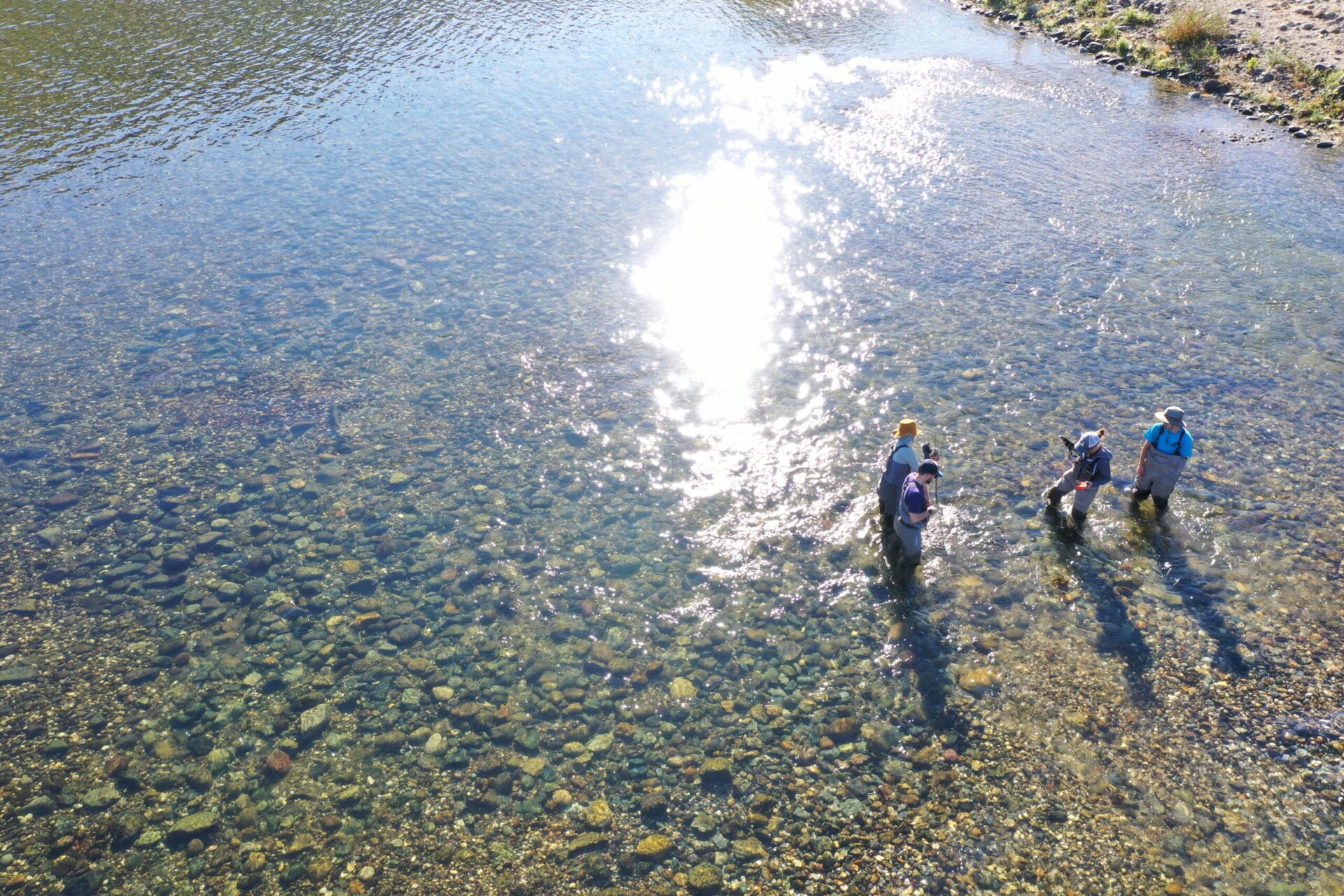
The lower Yuba River once supported a thriving ecosystem with a braided channel system that fostered an abundant fish population and habitat for wildlife. During the Gold Rush era, hydraulic mining sediments flooded the ecosystem, covering habitat under tons of sediment. Later, dredger mining reworked that material and created a channelized river system with “training walls” designed to control where the river flowed. In 1941, Englebright Dam was constructed, permanently restricting fish passage to the upper watershed and altering flows in the lower watershed.
Today, The Goldfields, an area of over 5,500 acres of reworked hydraulic mining sediment from the upper watershed, and impaired flows from the upriver dams slows the recovery of riverine habitat, threatening Chinook and steelhead populations.
For over a decade, SYRCL has been working with a number of partners on major restoration projects in the lower Yuba to help mitigate the damage to fish populations. Our latest efforts have been focused on the Lower Long Bar area.
RESTORING LOWER LONG BAR
Kicking-off on June 22nd, 2022 (see our past article about the groundbreaking here), this project — first conceived of in 2016 and mostly funded through the US Fish and Wildlife Service’s Anadromous Fish Restoration Grant Program (AFRP) with additional funding help from Yuba Water Agency — has just wrapped up construction.
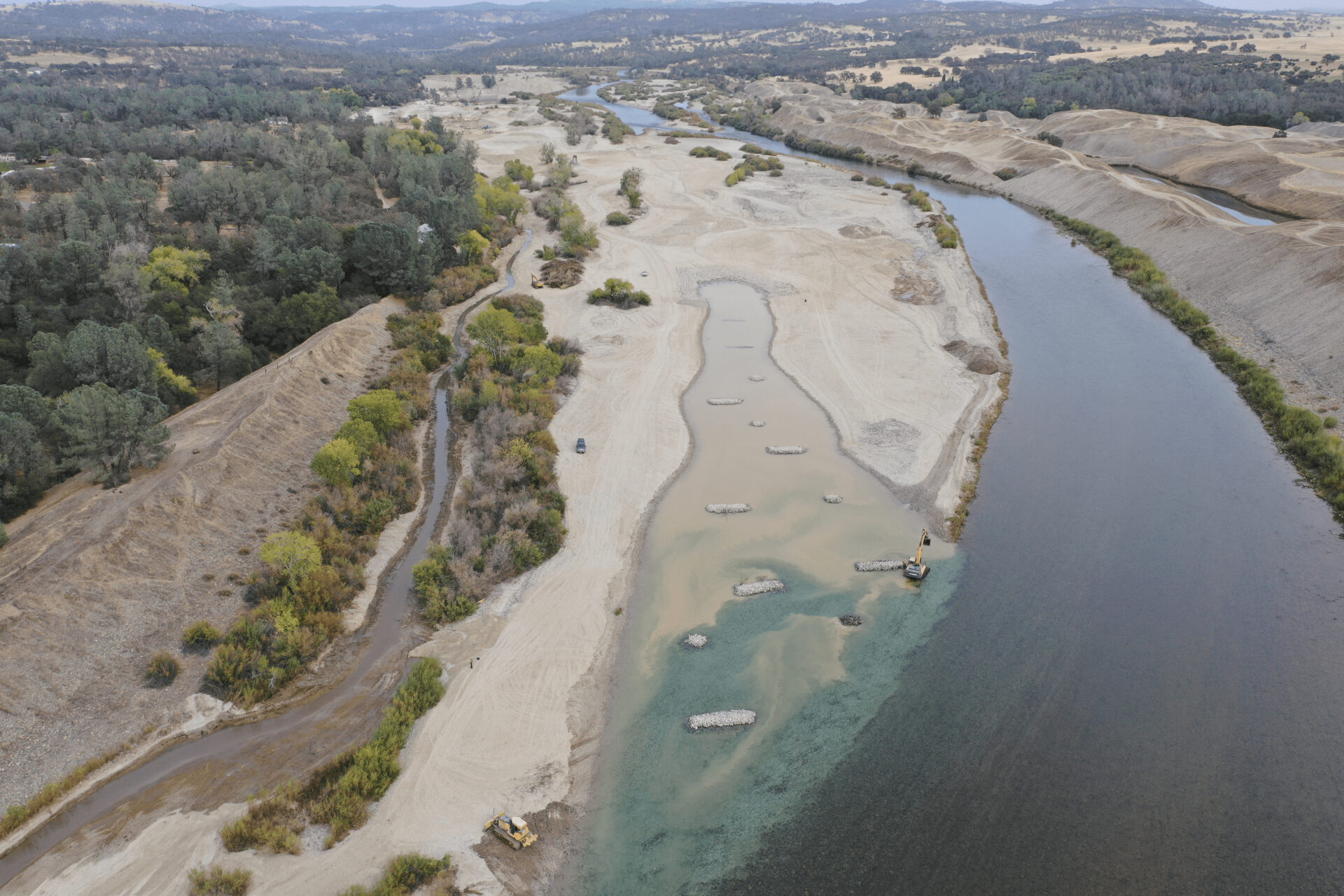

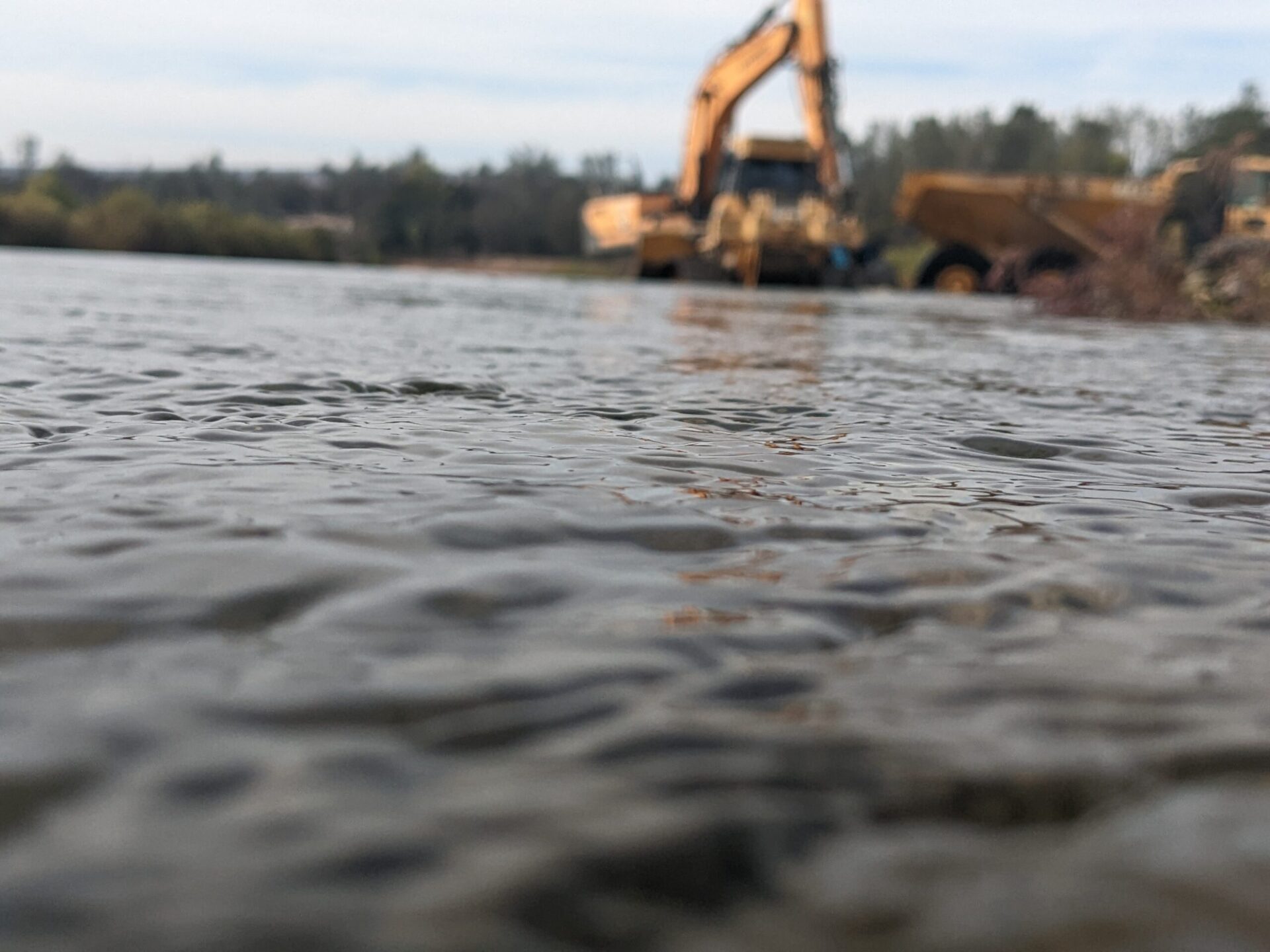
The objective of the Lower Long Bar Restoration Project was to remove approximately 350,000 cubic yards of hydraulic mining debris from what was historically the Yuba River floodplain. Lowering the floodplain restores much needed rearing habitat for juvenile spring- and fall-run Chinook and Central Valley Steelhead. The more often, and longer duration these rearing habitat features spend submerged during the winter months, as well as the closer the river is to vegetation, the more food is available for the juveniles to eat, drastically improving their chances for survival.
For this restoration project to have the greatest impact, a variety of habitat features were designed to provide optimal rearing habitat across the range of flows seen most frequently in the lower Yuba River.
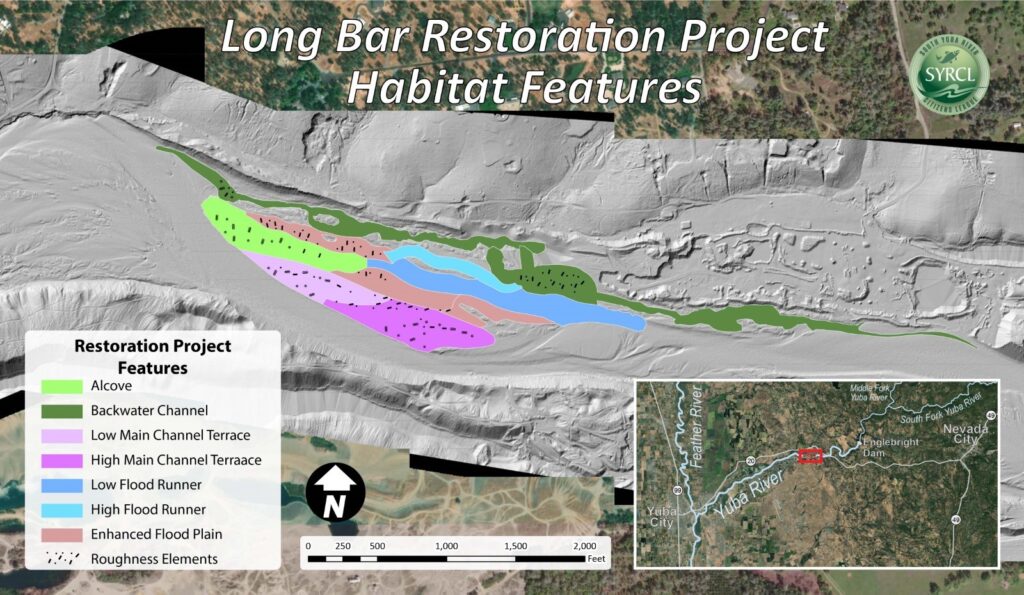
- Alcove: This off channel habitat will stay underwater year-round and provides additional rearing habitat and high food production.
- Backwater Channel: This maximizes the benefit of existing vegetation by putting a channel through the existing dense vegetation. This creates the opportunity for much higher food production and food availability as soon as the project is completed. During high water, this channel will also offer a place for juveniles to rest from the swift current.
- Main Channel Terraces: As the flow approaches about 2,000 cfs, the alcove channel starts to get deep. These terraces become submerged providing refugia from high flows in the main channel and creates a space for additional food production.
- Flood Runner Channel: This channel also starts to have water flowing across it as flows approach 2,000 cfs. This adds some water to the Alcove feature so that water begins to flow through this feature. As flows continue to rise towards 3,500 cfs and above, this feature also begins to capture water from the Backwater Channel. This helps decrease the velocities in the backwater channel so that it remains high quality habitat.
- Enhanced Floodplain: As flows approach and exceed 7,500 cfs, we really begin to spread the water out across this additional floodplain area. This helps keep depths and velocities across all of the project feature low so that the juvenile salmon don’t have to work as hard to stay in place while they take advantage of the additional food availability created by the project.
- Roughness Features: the small, round ‘tic-tac’ features throughout the alcove and channel terrace features are piles of cobble. As the entire project area becomes inundated beginning at 7,500 cfs all the way up to the maximum computer modeled flow of 70,000 cfs, the area downstream of these features will have low velocities where juveniles can hide from the high velocities in the main channel and across the project. These features will also trap fine sediment which will help more willows and other vegetation take hold – a process we were able to successfully demonstrate at our Hammon Bar restoration project.
SYRCL is confident that with this restoration, much needed rearing habitat in the lower Yuba River will be re-established. With this, a better future for spring- and fall-run Chinook and Central Valley Steelhead is possible and the overall health of the river is enhanced.
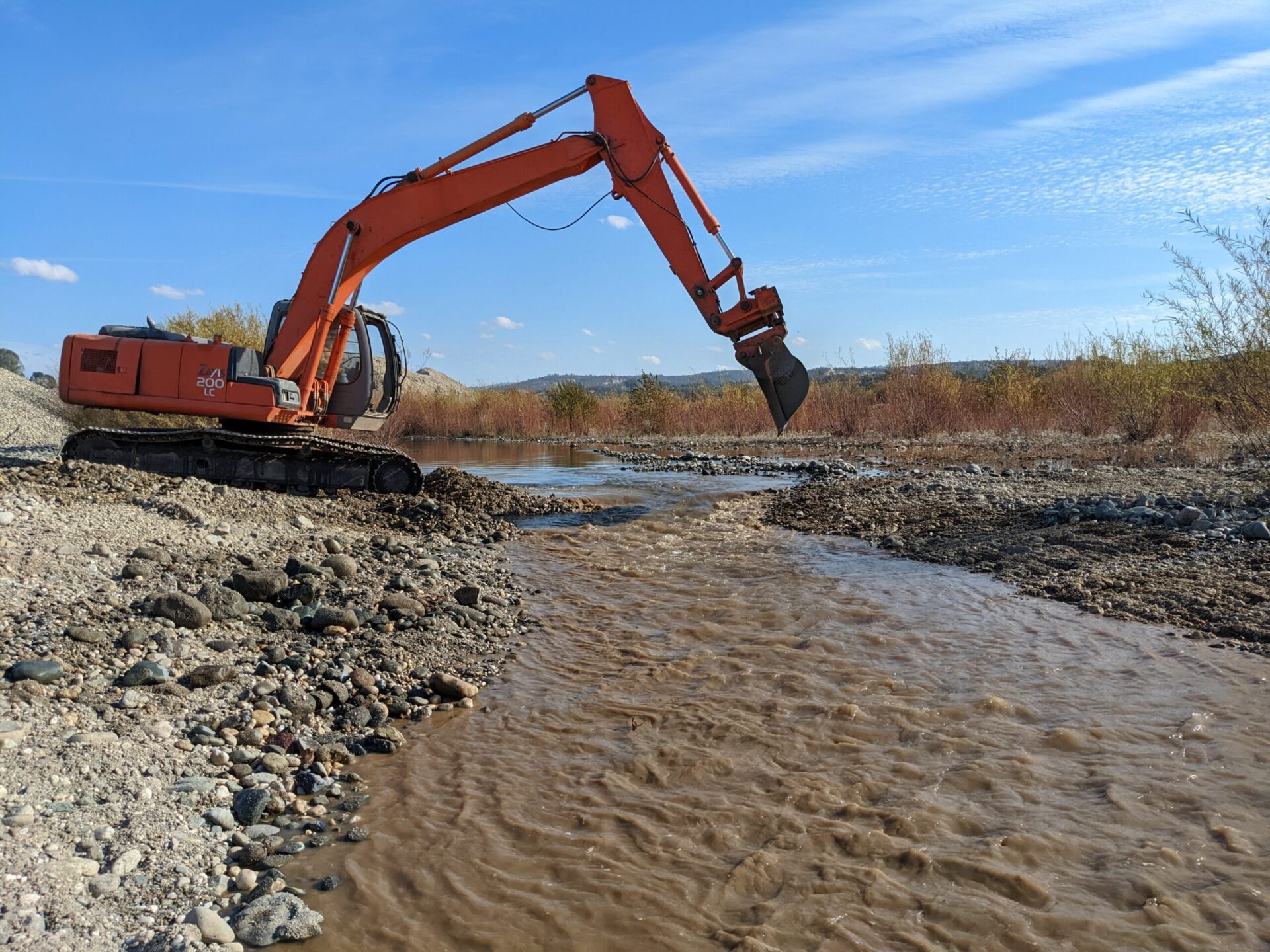

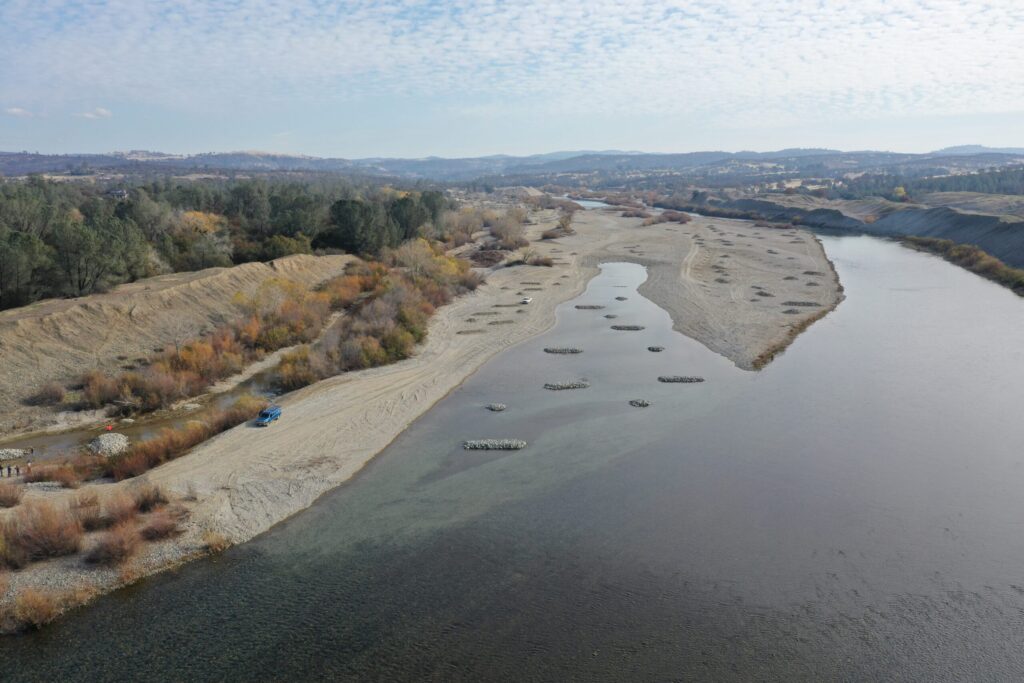
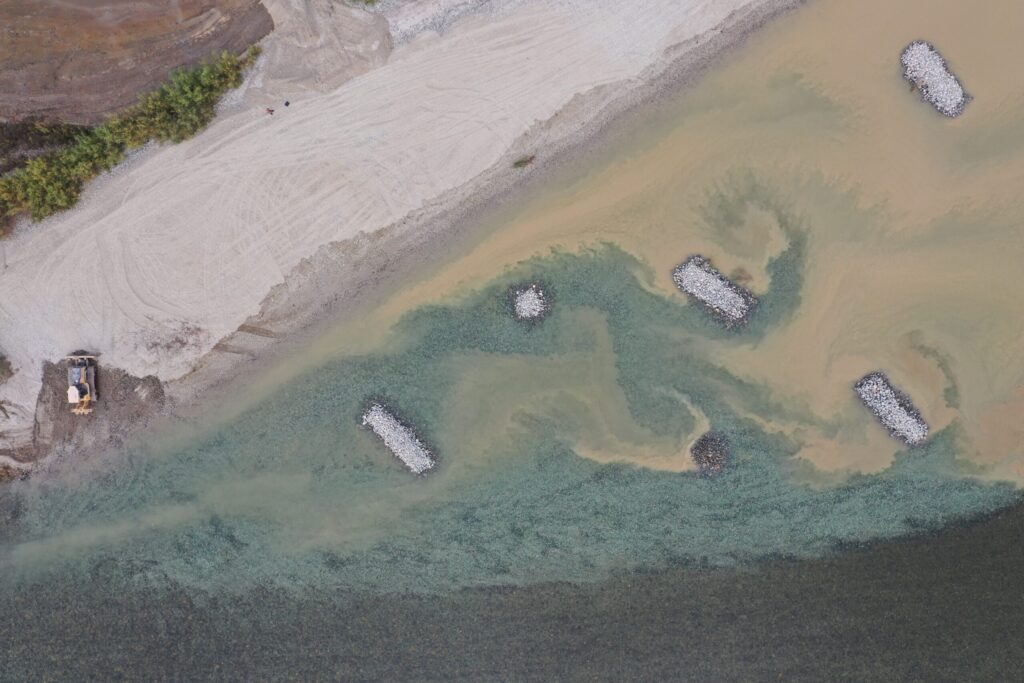

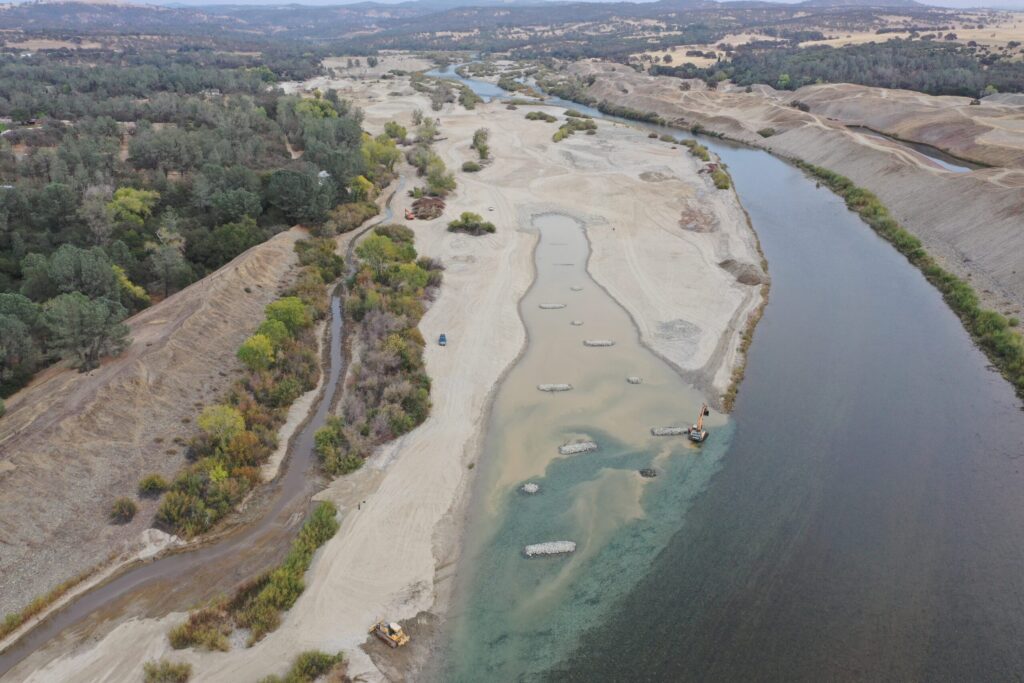
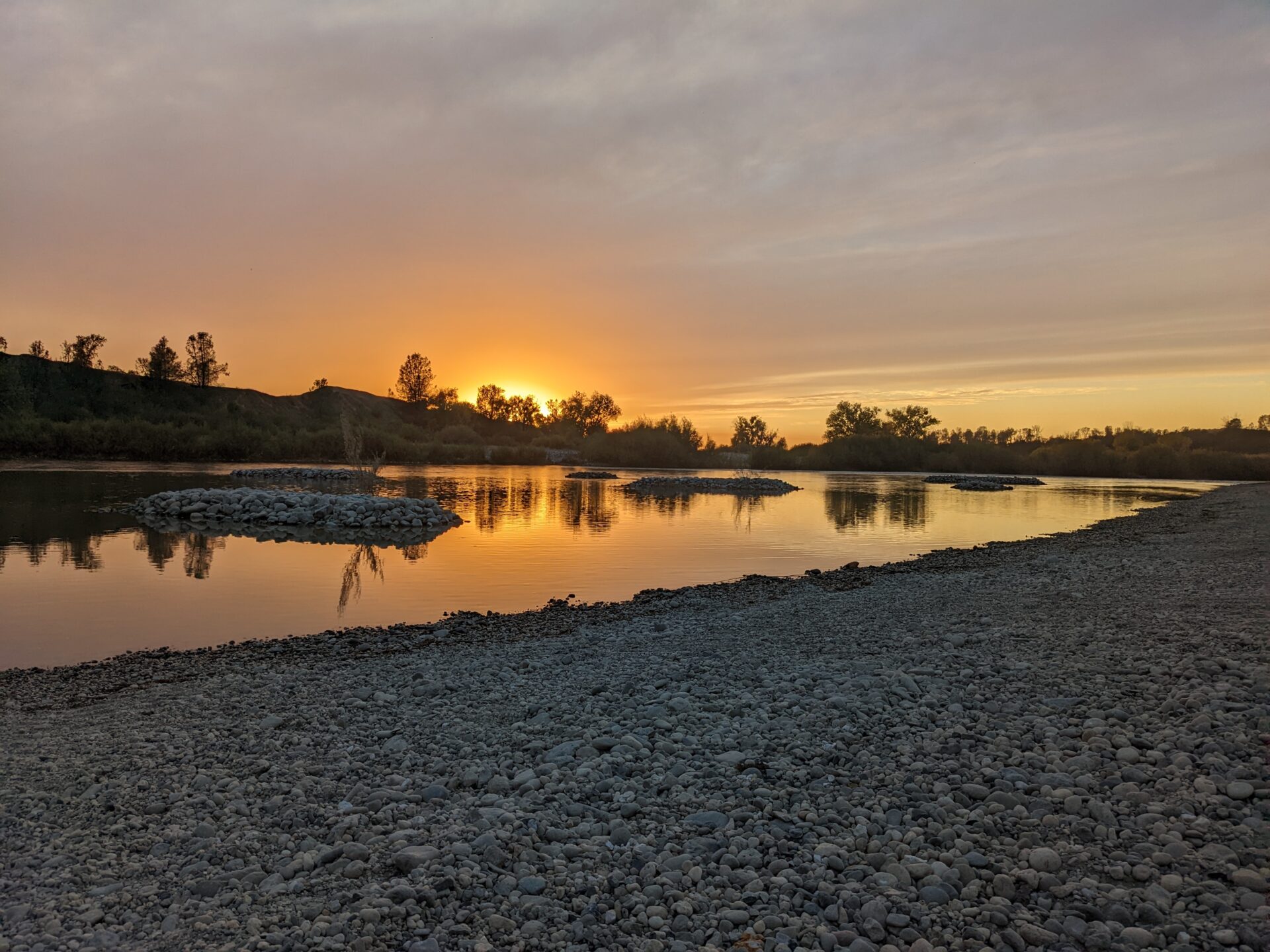
HOW YOU CAN HELP
On December 10th, from 10 am to 3 pm, SYRCL will be hosting a willow planting volunteer opportunity where you can help restore this vital salmonid habitat by revegetating the Lower Long Bar project with willow stakes. To register or get more information, contact Summer Driscoll, SYRCL’s AmeriCorps Restoration Coordinator, at restoration@yubariver.org
SYRCL would like to thank all of its partners in this project. From the Yuba Water Agency and cbec (the engineering company), to Patterson Taber, the construction firm from Marysville, along with the gravel mining company, SRI, and, of course, the US Fish and Wildlife Service’s Anadromous Fish Restoration Grant Program (AFRP), all of these partners contributed to the successful completion of this project.
Did you enjoy this post?
Get new SYRCL articles delivered to your inbox by subscribing to our ENews.


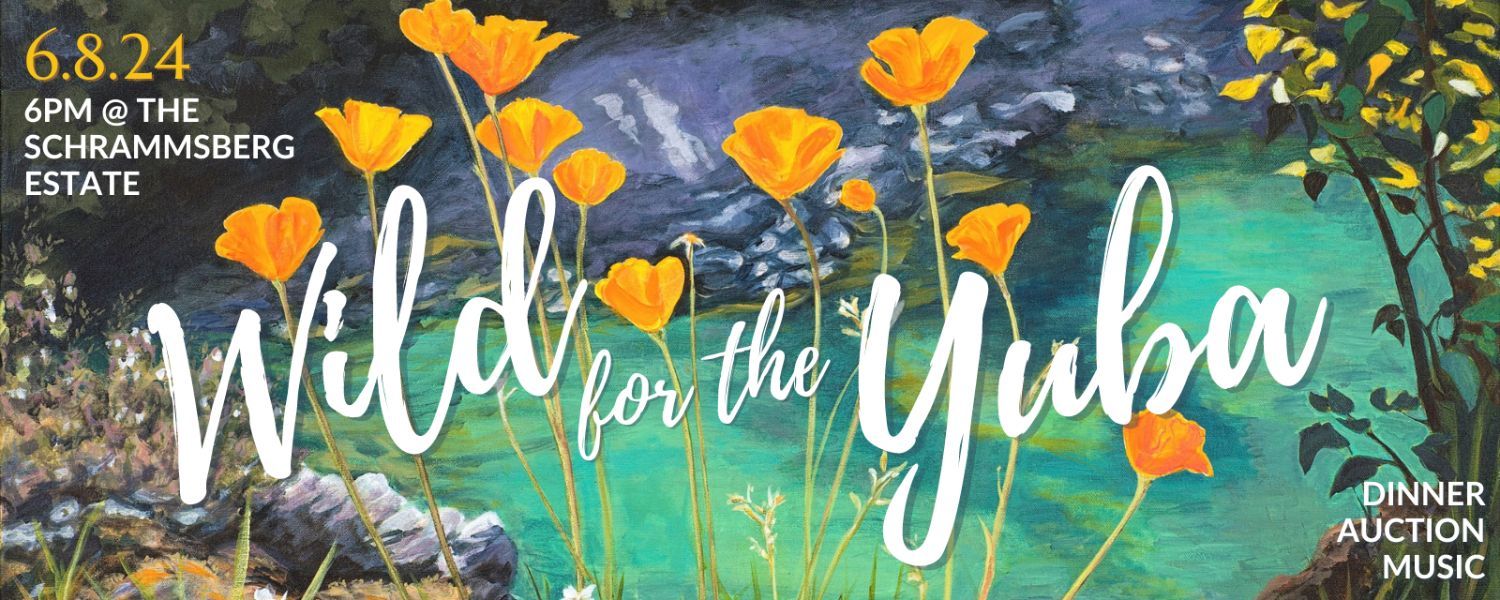

Such Big Love the Yuba is getting, after the violence of the long mining years. I can feel the love all the way down here in Southern California. Thank you everyone!
Amazing project!
Cleaning up the mining debris is challenging, complex, on going
problem.
Great to see the progress made.